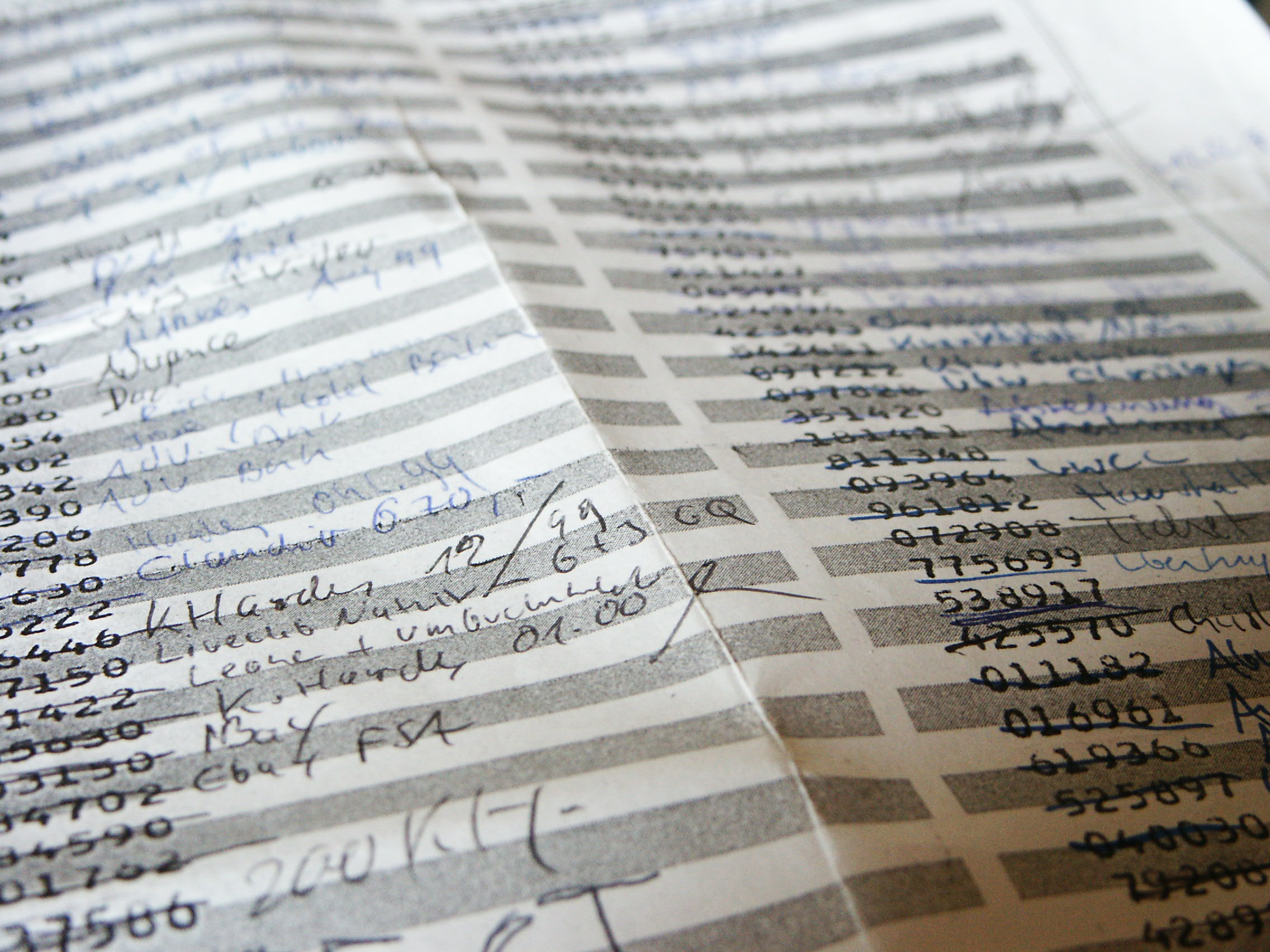
Solving the pain of enhanced due diligence in gambling
Across the gambling industry, there is a general understanding that protecting consumers from financial harm is both a social responsibility and good business practice. Most operators know it. The regulator certainly knows it. And although they may complain (see below) most bettors would ultimately agree too.
This is certainly true in the UK, where the UK Gambling Commission is particularly active and particularly keen on affordability, but it’s coming to another jurisdiction near you pretty soon.
What this means is that the need for enhanced due diligence (EDD) is growing all the time. EDD, in this context, means taking a closer look at any given customer’s finances in order to verify that, in the simplest possible terms “they have the money and we know where it came from”.
What that usually involves is the sharing of financial data such as bank statements and payslips, and it is here that the problems emerge. It isn’t hard to summarise what is wrong with EDD today. Speak to any compliance officer in any operator large or small, and you will hear the same story, which in a sentence would sound like this:
“It consumes time and money, my customers hate it, and often I can’t trust the results anyway”
The good news is it doesn’t have to. But before explaining why not, let’s just look at why precisely today’s EDD process isn’t fit for purpose.
The problem with enhanced due diligence
Some of the following will be painfully familiar to many readers, but for the sake of completeness it is worth stating precisely what is wrong with the EDD process today. In no particular order, here’s the top five reasons something has to change:
You can’t avoid it
There used to be a way to check affordability (or more accurately pretend to check it) using credit data, geo-affordability (a fancy name for guessing what someone earns based on where they live), and so on. The great thing about this was the customer didn’t need to do a thing. The not-so-great thing about it is that it doesn’t work very well. Quite rightly, EDD decisions have to be based on real financial data from today forward. No exceptions.
Customers hate it
Nobody likes sharing financial information, but if you were to design a system that made it even more unpleasant, EDD would be it. Finding, redacting, scanning and sending bank statements, waiting days or even weeks for a decision: it’s no wonder that over 50% of customers who enter an EDD process churn. And these are potentially your very best customers, the loss to the business is huge.
It costs time and money
Bank statements cannot be read by machines, and as a result they must be read by humans. They are also complicated: it is not always easy to determine average income and outgoings, spot risk factors such as high gambling spend or regular payday loans, and make judgments around affordability. That all adds up to time, and the time of skilled people is expensive. As a result, EDD becomes a significant cost centre in many gambling businesses.
It might not even be accurate
It’s no secret that some customers will supply forged documentation to evade affordability checks and EDD. The issue is that with manual, human-centred processes it can be difficult and time-consuming to validate these documents. That in turn means results and decisions can’t always be trusted.
It’s hard to keep track of things
In a regulated industry, it is important to be able to evidence every decision you make when audit time comes around. Unfortunately, current EDD processes require most operators to build their own systems to store case data, attach relevant documentation, and make it easy to find cases in the future. That’s a big job.
In summary, EDD today isn’t a pleasant experience for anyone. But it can be. Here’s how.
ClearStake: enhanced due diligence that works
We founded ClearStake with an incredibly simple idea. That EDD was an essential tool in the promotion of responsible gambling, but that it had to be easy to implement. Our product makes that happen.
Specifically, we resolve the challenges above as follows:
It’s easy for customers
We use Open Banking, which enables customers to connect bank accounts in seconds, without taking the phone out of their hand. For the minority of customers not comfortable with Open Banking, we support uploading of bank statements in the traditional way. Here’s the key difference: we scan and analyse those statements automatically, getting to decisions in minutes. So whichever way customers engage, they won’t be kept waiting.
It saves time and effort
A guiding principle of our approach is to get financial data into machine-readable format. By doing this we can automatically identify income and outgoings, but also calculate discretionary and committed spend, and spot positive and negative financial markers. In other words, ClearStake does all the tedious work so the operator doesn’t have to. Instead of looking at sheets of numbers, you view clear summary reports of the data that counts.
It’s accurate
Open Banking is by definition an accurate and (perhaps more importantly) up-to-the-minute view of a customers financial situation. When it comes to statements, we check watermarks but perhaps more importantly, as machine-readable data we can quickly determine that the sums add up, and that the transactions we would expect to see in a bank statement are present. If not, we help automate and simplify collecting additional material.
It provides comprehensive case management
ClearStake allows you to create cases automatically. When customers hit a particular deposit limit (to give one sample workflow) a case is automatically created, assigned, and communication sent to the customer. When financial data is shared, this is automatically added to the case. And if you need more (such as evidence of an inheritance, for example) then this can be added to the same case, so everything is automatically in one place. When a decision is made, that data is ‘frozen’, creating a snapshot: a clear view of the data available to you at the time you made the decision that can be shared in future with the regulator.
Of course one of the benefits of ClearStake is that we also support ongoing monitoring: quite the opposite of the one-time snapshot. But that’s probably for a another piece. For now let’s keep the message clear: enhanced due diligence just got a whole lot easier.








